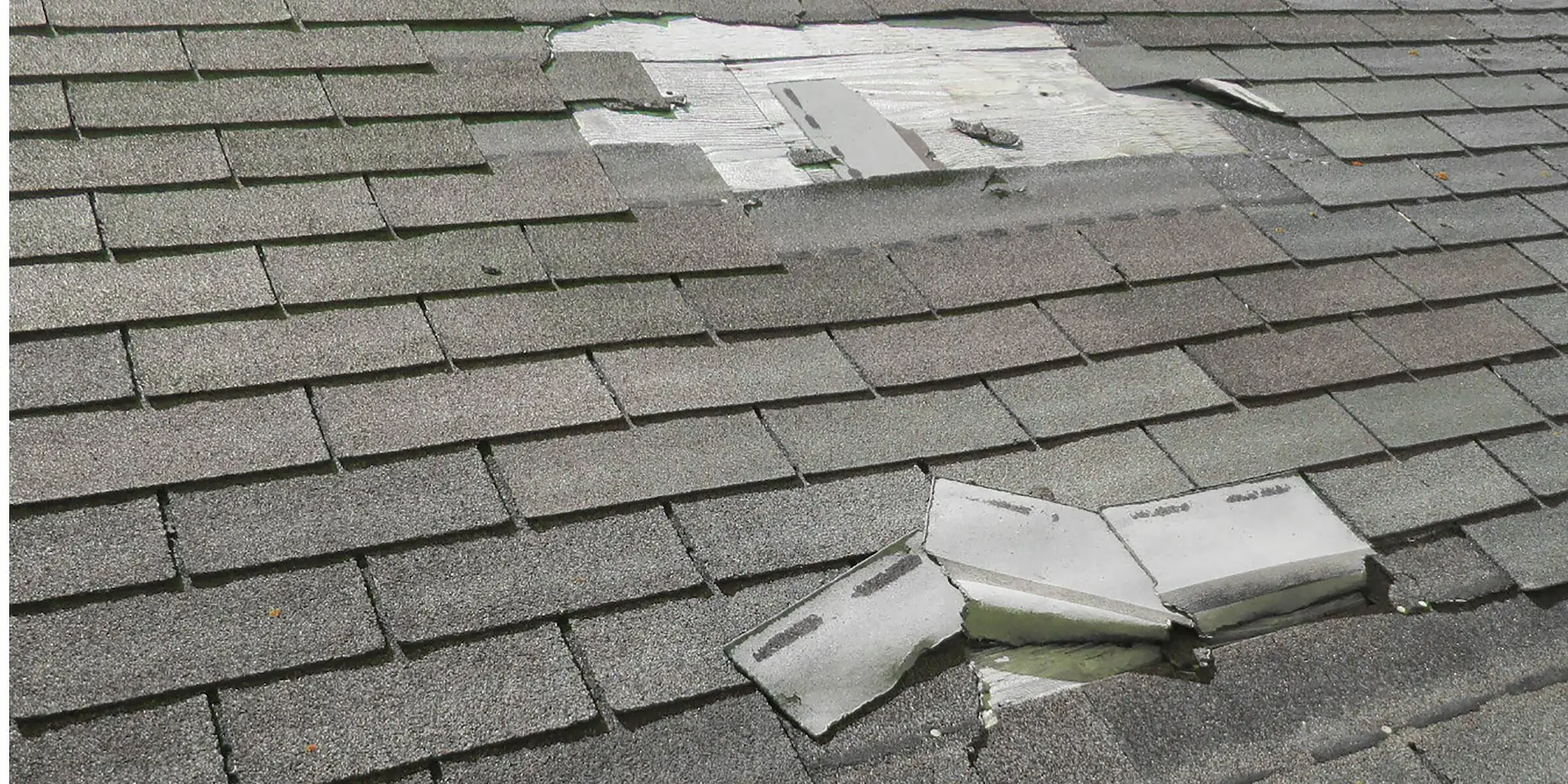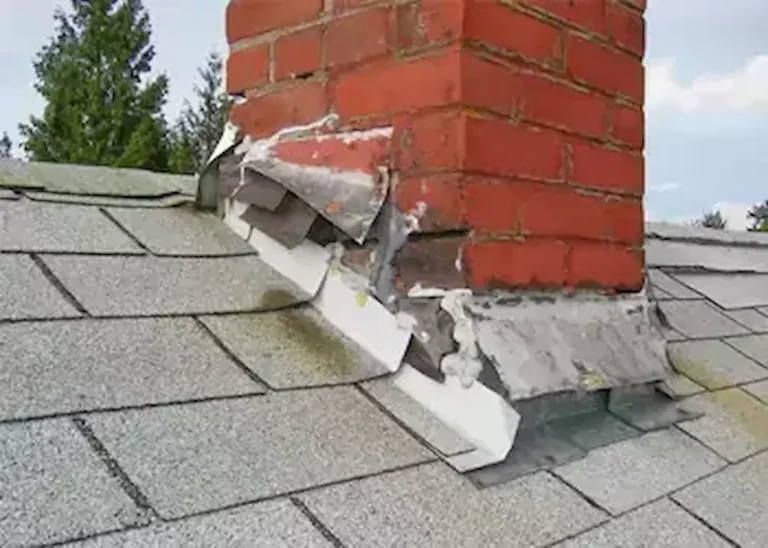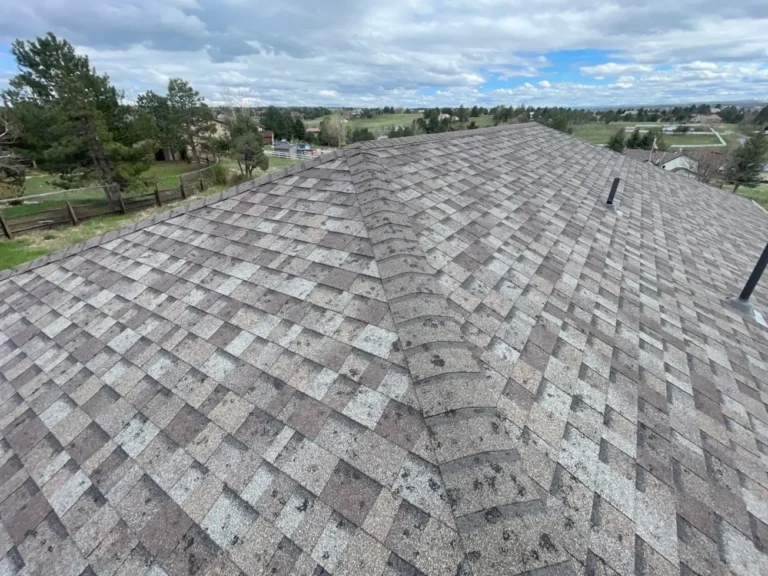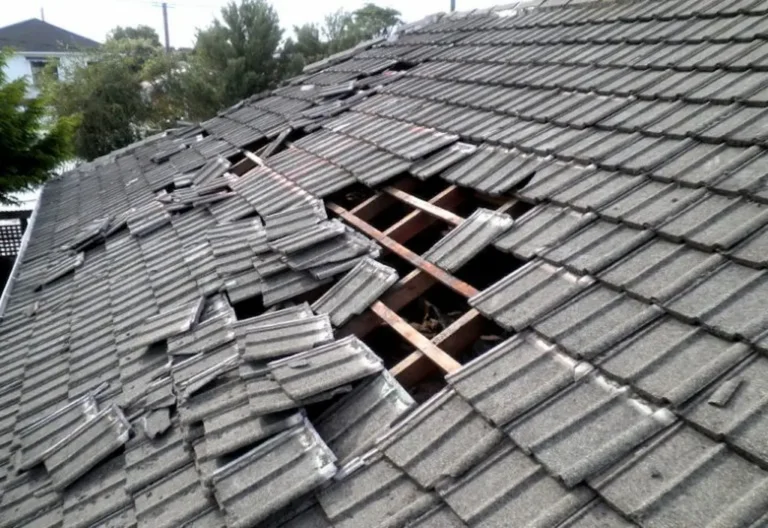Wind damage to roofs is a silent threat that impacts millions of homeowners yearly. In 2025, extreme weather events continue to rise, making it critical to recognize signs of wind damage to roof systems early and act swiftly. This guide combines the latest industry data, repair best practices, and prevention strategies to protect your home.
Visible Signs of Wind Damage on Your Roof
Strong winds leave clear marks on roofs. Here’s what to look for after a storm:
Missing or Loose Shingles
High winds tear shingles off completely or loosen their adhesive bonds. Look for gaps in your roof’s pattern or shingles scattered in your yard. Three-tab asphalt shingles are particularly vulnerable due to their single-layer design. discover how hail can also cause shingle damage.
Cracked or Curled Shingles
Wind can bend shingles backward, creating permanent creases or cracks. These damaged shingles lose their ability to shed water, increasing leak risks.
Granule Loss in Gutters
Check gutters for gritty, sand-like granules. These protect shingles from UV rays, and their loss speeds up weathering.
Damaged Flashing
Flashing—the metal strips around chimneys, vents, and skylights—can peel back or loosen under wind pressure. Compromised flashing allows water to seep into walls and attics.
Less Obvious Indicators of Wind Damage
Some damage isn’t visible from the ground:
Lifted or Exposed Nails
Wind can pull shingles upward, exposing nail heads. These become entry points for rainwater and pests.
Dented Soffits or Fascia
Soffits (underside roof panels) and fascia (vertical boards behind gutters) may show dents from wind-blown debris. Damaged soffits reduce attic ventilation, raising energy costs.
Interior Water Stains
Brownish ceiling stains or peeling paint often trace back to roof leaks caused by wind-damaged shingles or flashing.
Wind Damage to Roof Shingles: Types and Risks
Asphalt shingles dominate U.S. roofs but vary in wind resistance:
Three-Tab vs. Laminated Shingles
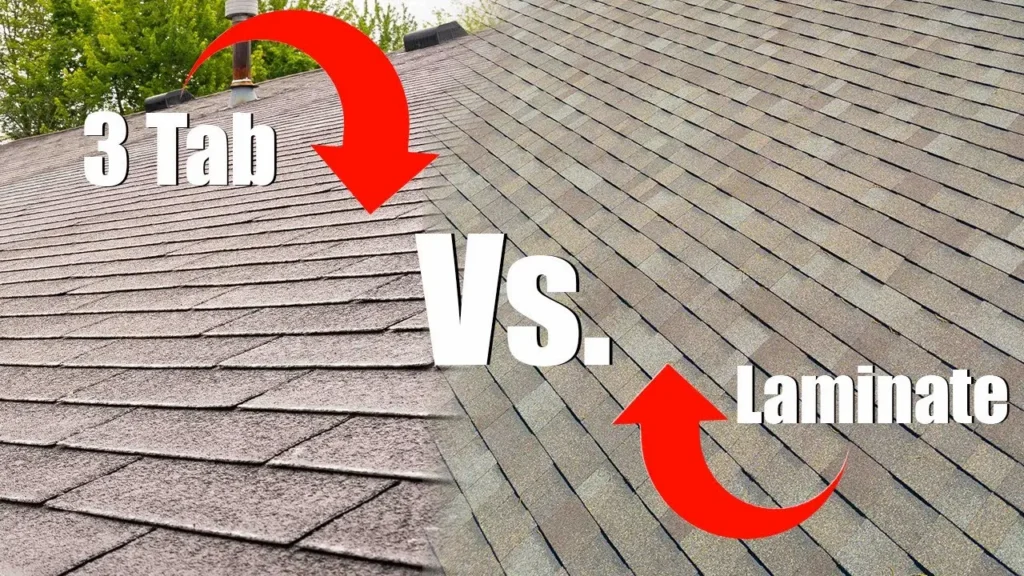
- Three-tab shingles: Flat, single-layer designs fail at 60–70 mph winds. They’re prone to creasing and tearing.
- Laminated (architectural) shingles: Multi-layer construction withstands 110–130 mph winds. Their weight and interlocking design reduce uplift. learn more about choosing wind-resistant roofing options.
Shingle Aging and Wind Vulnerability
Older shingles (12+ years) dry out, losing flexibility and adhesive strength. This makes them 3x more likely to tear in storms.
Wind Damage Roof Repair: A 6-Step Process

Address damage quickly to prevent costly leaks:
- Safety First
Avoid climbing roofs. Use binoculars for ground inspections or hire a licensed contractor. - Temporary Leak Control
Apply waterproof sealant to exposed areas and cover gaps with tarps. - Shingle Replacement
Match new shingles to existing ones in color and style. Secure them with corrosion-resistant nails and adhesive. get a detailed guide on replacing shingles yourself. - Flashing Repairs
Reseal loose flashing with roofing cement or replace bent sections. - Structural Reinforcement
Install hurricane clips or straps if trusses or decking are compromised. - Professional Inspection
Contractors use infrared scans to detect hidden moisture and assess overall roof health.
Preventing Future Wind Damage
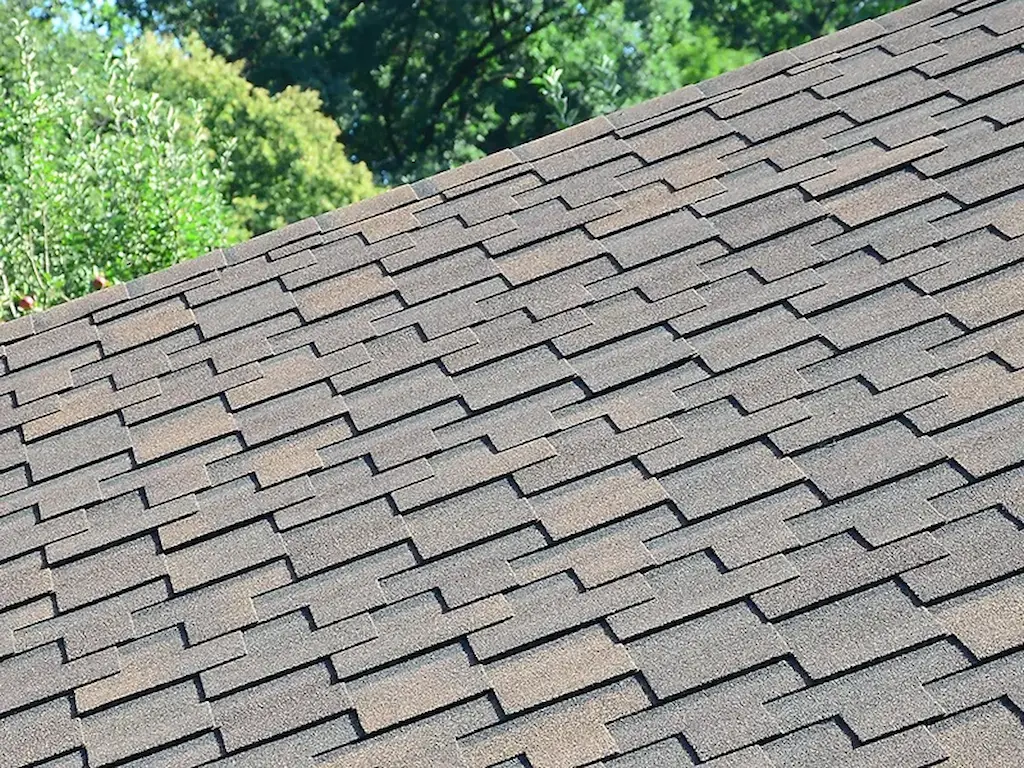
Upgrade to Impact-Resistant Materials
Class 4-rated shingles withstand hail and 130 mph winds. Metal roofs offer superior durability but cost 2–3x more. explore DIY methods for reinforcing your roof.
Trim Overhanging Branches
Trees within 10 feet of your roof drop limbs and debris. Regular trimming reduces puncture risks.
Apply Wind Mitigation Adhesives
FEMA recommends dollop adhesives along roof edges and seams in high-wind zones. This strengthens shingle bonds by 40%.
Navigating Wind Damage Roof Insurance Claims
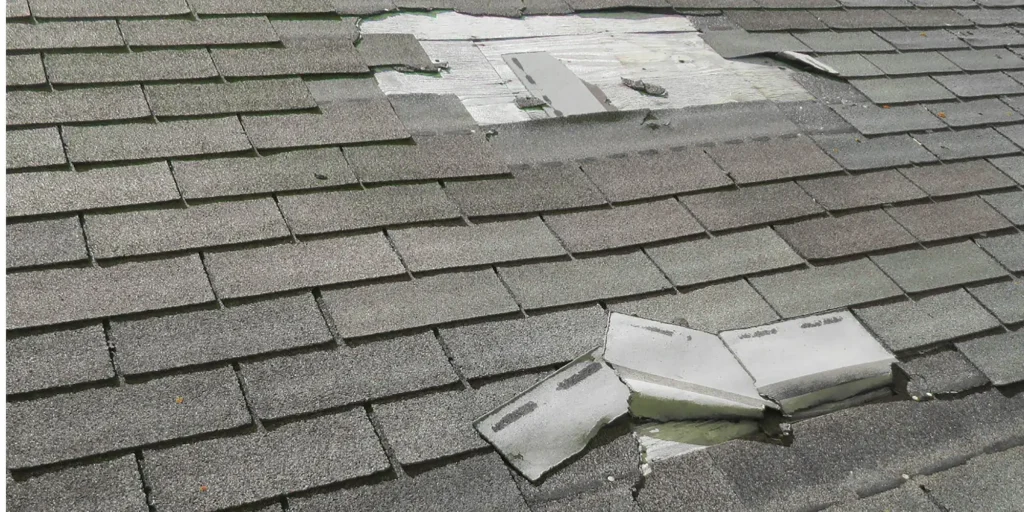
Documentation Tips
- Photograph damage within 48 hours.
- Save receipts for temporary repairs.
- Request a contractor’s written assessment.
find out more about insurance coverage details.
Common Claim Challenges
Insurers may deny claims for:
- Pre-existing wear and tear.
- Damage from unsecured outdoor items (e.g., patio furniture).
When to Call a Professional Roofer
Seek expert help for:
- Structural issues: Sagging rooflines or cracked trusses.
- Widespread damage: Over 30% of shingles missing.
- Insurance disputes: Contractors can negotiate with adjusters.
Final Thoughts
Wind damage to roofs costs U.S. homeowners $1.2 billion annually in repairs[2025 industry data]. By recognizing early signs, acting on repairs, and investing in prevention, you’ll safeguard your home against nature’s fury. Schedule a professional inspection today—your roof’s resilience depends on it.
✅ Pro Tip: After storms, download wind speed maps from the National Weather Service to support insurance claims.

